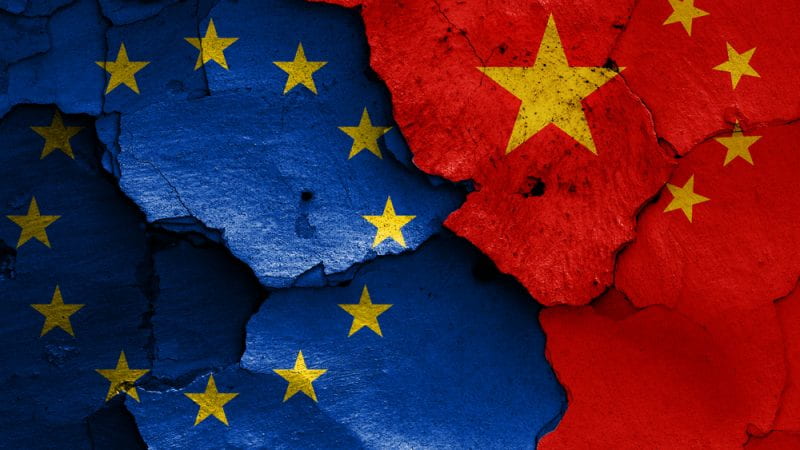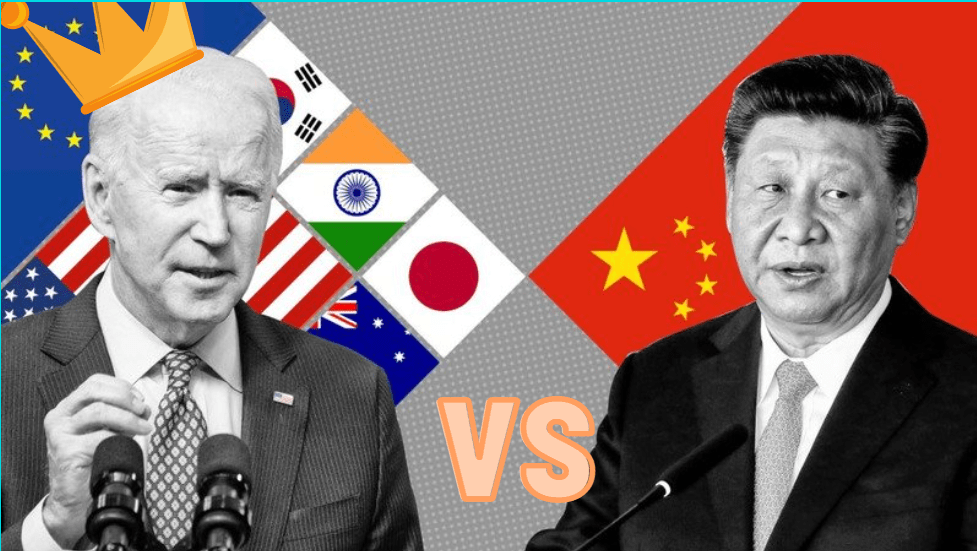
Sustainable Development Against the Quest for Power: A Case Study of the EU and China
Imagine the little Smurf village we all grew up with, the precious community of tiny blue creatures, each distinguished by a special trait. Some of these traits are arguably better than others. Indeed, the village could maybe do without Brainy Smurf’s long lectures, and some Smurfs may find affinity in being spared of some of Jokey Smurf’s exploding presents. These collective peculiarities however have always been directed at the best interest of the village, all under the fatherly supervision of our beloved Papa Smurf. That being said, an entity lying deep inside the forest constantly threatens our friendly family, and even though Gargamel is only one person, his size and abilities pose a serious concern to the village as a whole.
Now imagine a group of little countries united for the best interest of their people, constantly working on nullifying their negative impact on nature by investing into renewable energies in an effort to ditch such polluting sources as combustible fuels. Their effort is met with success, however the quest for power seems to be a bigger concern for an entity lying thousands of miles away. An entity whose size exceeds that of all our little countries combined: Enter the conflict of power and sustainability between the EU and China.
Since my mother’s middle school years, otherwise known as the early 80s, the EU, represented by France and Belgium witnessed a considerable increase in alternative and nuclear energy use, offset by a similarly acute decline in fossil fuel energy consumption. One can hardly say the same about China.
To put it into perspective, instead of listing numbers, we will ask for the help of another icon, Mr Pac man, at the bottom of the dashboard. Watch how he increasingly consumes our little Smurfs as years go by (applicable from 1990 to 2020), soon enough, his mouth will have closed entirely and our tiny blue friends will be a thing of the past.
What to do then? Surely we cannot let this happen! Well, the best way to stop this direction of development is to make its products worthless. How so? Here are a a few options:
- Impose tariffs on Chinese goods to offset their traditionally lower prices and drive them out of the market
- Incentivize multinational companies through subsidies to bring operations outsourced to China back to countries compliant with SDG goals
- Raise awareness about the issue through media campaigns highlighting the harm caused by China’s quest for power to the international community
Such measures coupled with other sanctions have been successful in putting enough pressure on various entities to induce them into making a change, with plenty of examples to refer to.
We call upon the governments who have the longer term in mind to come together along with their people and recommend that they apply the measures above so that our Smurfs can be saved from the fearsome grip of Gargamel the evil wizard.
